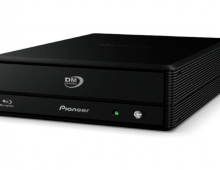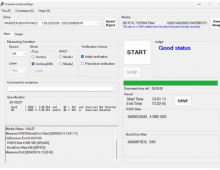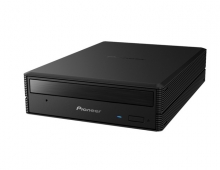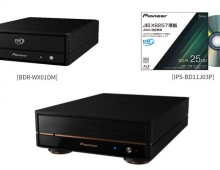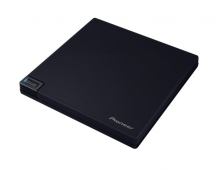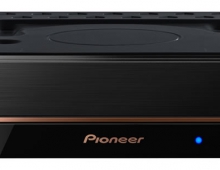DVD Technical Guide
23. DVD-RAM - Page 4
Review Pages
2. Concepts and Structure of the DVD Format
3. The Future of DVD
4. Design Concept of the Physical Specification
5. Features of the DVD Physical Specification
6. The DVD Data Format
7. Read-Only Disc File Format
8. Video Format
9. Video Format - Page 2
10. Video Format - Page 3
11. Audio Format
12. Audio Format - Page 2
13. Audio Format - Page 3
14. Audio Format - Page 4
15. Audio Format - Page 5
16. DVD-R and DVD-RW
17. DVD-R and DVD-RW - Page 2
18. DVD-R and DVD-RW - Page 3
19. DVD-R and DVD-RW - Page 4
20. DVD-RAM
21. DVD-RAM - Page 2
22. DVD-RAM - Page 3
23. DVD-RAM - Page 4
7.7 Sectors

Sectors are comprised of CAPA headers, where the address is recorded using embossed pits, and a data recording area on a land or in a groove. The data recording area has a structure as shown in the figure above. Reading is performed by extracting the clock in the VFO area and determining a binary slice level. The PS field allows detection of the start point, and data is read. This data area contains one DVD-ROM sector of data. The buffer areas ahead and behind are there to prevent influence on data reading due to degradation of the recording layer. Further, to help prevent surface degradation, the recording position is moved about at random, to prevent degradation of the recording layer at any particular point.
Sixteen sectors of data make up one ECC block, with error correction performed on the entire block.
7.8 ZCLV (Zoned Constant Linear Velocity) Format
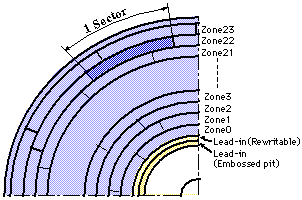
Figure 1 2.6 GB DVD-RAM Zone Structure
(The structures of 4.7 GB and 1.46 GB, 8 cm discs are essentially the same, with the exception of the number of zones.)
The ZCLV (Zoned Constant Linear Velocity) method divides the disc into regions with different numbers of sectors, based on radial distance. This method provides for recording at a constant data rate via zone-based rotational control, and provides high recording density and easy rotational control and signal processing.
A version 1.0 2.6 GB disc is divided into 24 zones, with 17 sectors per rotation in the innermost zone, and 41 sectors per rotation in the outermost zone.
As shown in Figure 1, a DVD-RAM is divided into a lead-in area, a data area, and a lead-out area. The lead-in area is divided into an embossed pit area and a rewritable area. The embossed pit area contains control data such as the disc type, format, and recording method. The rewritable portion of the lead-in area use used for disc or drive testing, data for processing defects in a disc, etc.
Review Pages
2. Concepts and Structure of the DVD Format
3. The Future of DVD
4. Design Concept of the Physical Specification
5. Features of the DVD Physical Specification
6. The DVD Data Format
7. Read-Only Disc File Format
8. Video Format
9. Video Format - Page 2
10. Video Format - Page 3
11. Audio Format
12. Audio Format - Page 2
13. Audio Format - Page 3
14. Audio Format - Page 4
15. Audio Format - Page 5
16. DVD-R and DVD-RW
17. DVD-R and DVD-RW - Page 2
18. DVD-R and DVD-RW - Page 3
19. DVD-R and DVD-RW - Page 4
20. DVD-RAM
21. DVD-RAM - Page 2
22. DVD-RAM - Page 3
23. DVD-RAM - Page 4

